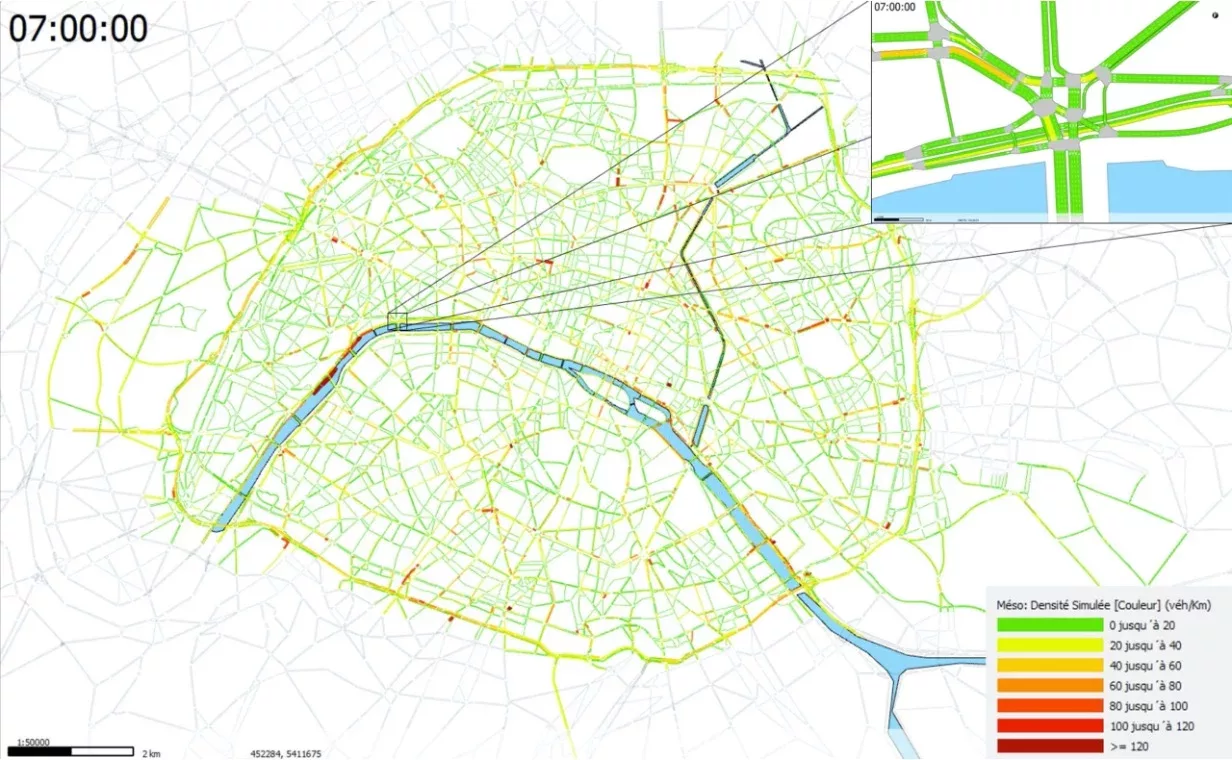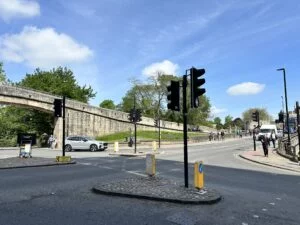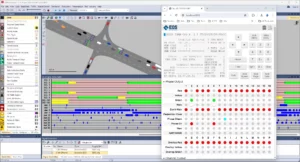The City of Paris has awarded Aimsun another four-year contract to provide the modelling framework for all urban planning and operations.
This is the fourth consecutive Paris contract for Aimsun, which has been active in the city since 2010.
Aimsun says its French team has grown steadily over the last 11 years, providing expert, on-the-ground support for virtual mobility testing, both in the French capital and beyond.
“We couldn’t be prouder of our fantastic team,” said Aurore Remy, Managing Director of Aimsun in France. “Our digital transportation framework has proved vital for testing the viability of mobility schemes in Paris, ensuring that what looks like a good idea in theory will work when implemented in the real world. We are thrilled to be continuing the good work, and to have this opportunity to help guide future mobility in Paris.”
Aimsun mobility modelling has been extensively used to understand the implications of some of Mayor Anne Hidalgo’s flagship transport policies in Paris, including active travel and greening schemes, such as the redevelopment of public space with a view to creating safe and accessible places, and pedestrianisation of its iconic squares such as Place de la Bastille or Place de la Nation.
The projects were carefully planned within Aimsun’s modelling framework, which the company says gives city planners insight into the impact of different strategies to enable a fully informed decision about the near and far-reaching effects of each of the proposed scenarios.
The transportation modelling framework is now being extended beyond the Boulevard Périphérique and will soon encompass the city right up to the outer ring road of the A86, which is over 80km long.
Parisians will be familiar with developments such as partially pedestrianising squares such as Place de la Nation, remodelling the entire Eiffel Tower area and the successful introduction of integrated mobility schemes in Place de la Bastille. There has also been extensive pedestrianisation along Boulevard de Sébastopol, the thoroughfare running north–south in central Paris, where Aimsun’s modelling team built a dynamic mesoscopic model that helped the scheme assessment process that will dramatically reduce traffic and the number of traffic lanes, improve air quality, and give space back to pedestrians and other active models of travel.
A reference scenario includes all the urban improvements that the City of Paris plans to carry out by 2025. Examples include the Plan Vélo bike-sharing scheme, the project to extend line T3 between Porte d’Asnières and Porte Dauphine, and the redevelopment of the Quays.
“With so many dramatic and interdependent changes to the historic city’s transport network,” the company says, “Aimsun’s integrated, multi-level, city-wide approach to transport modeling has never been more important.”
(Picture – Aimsun)





















